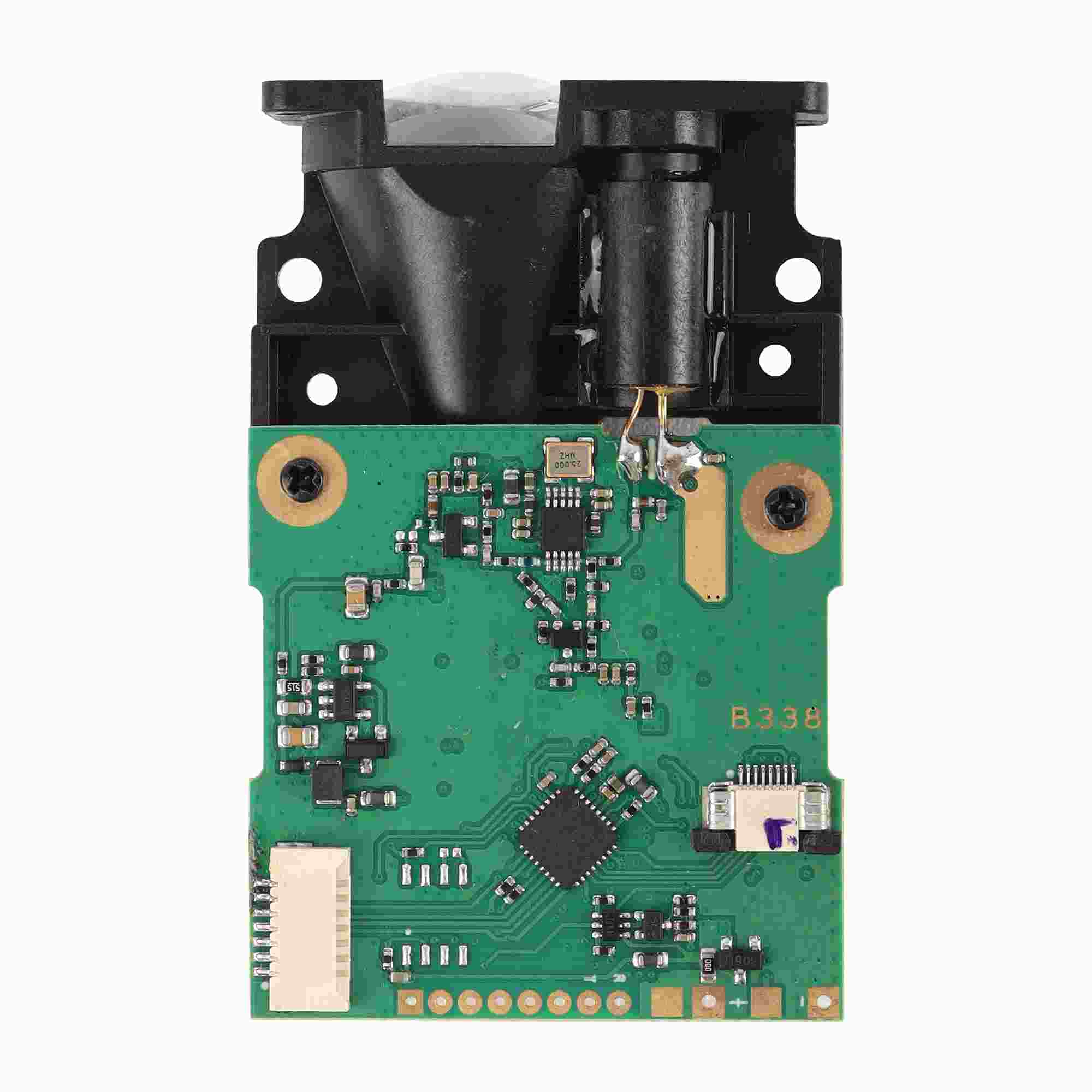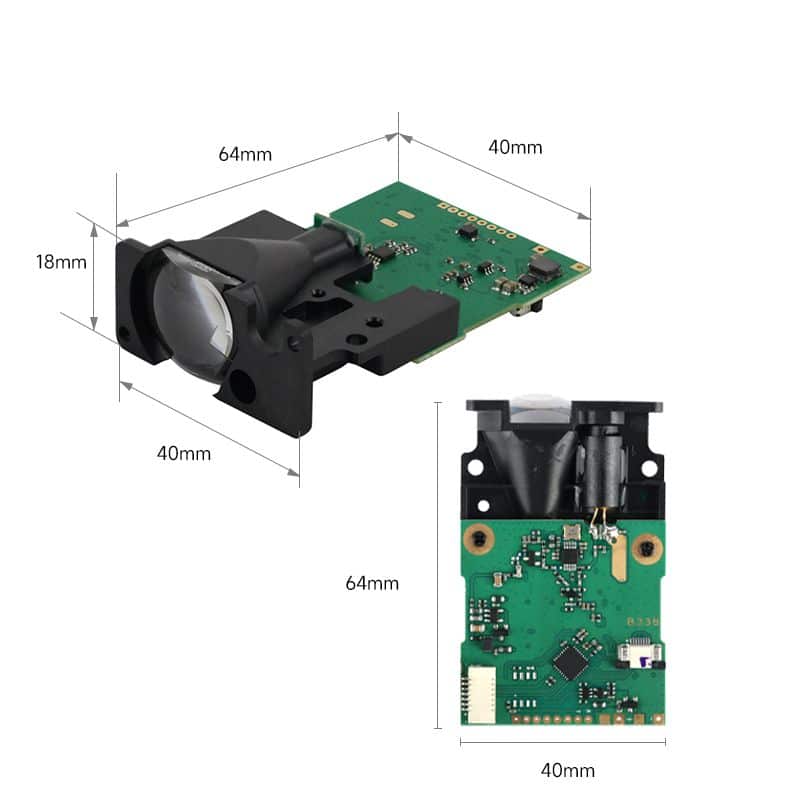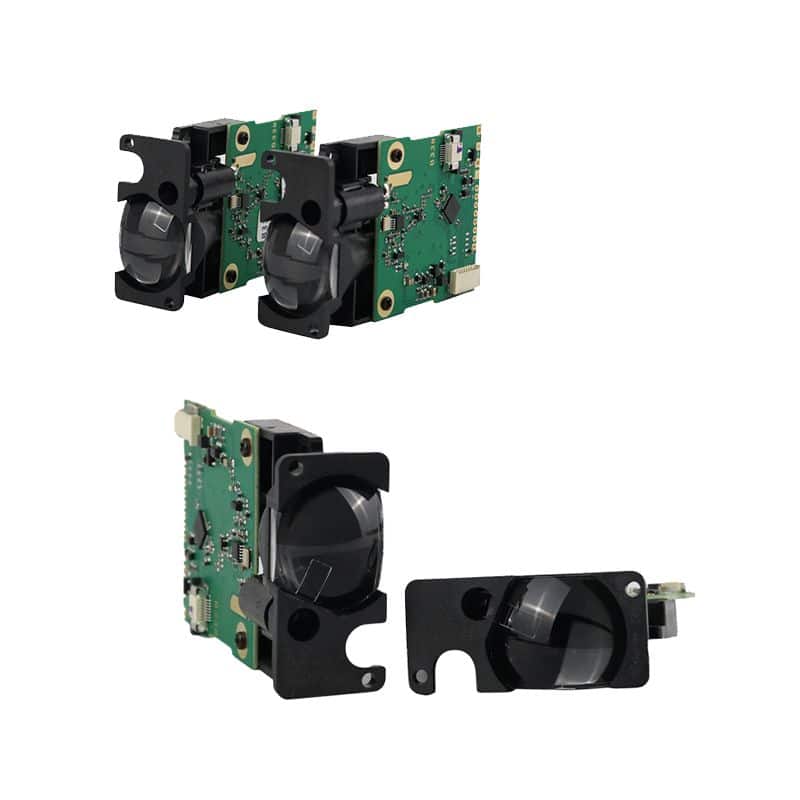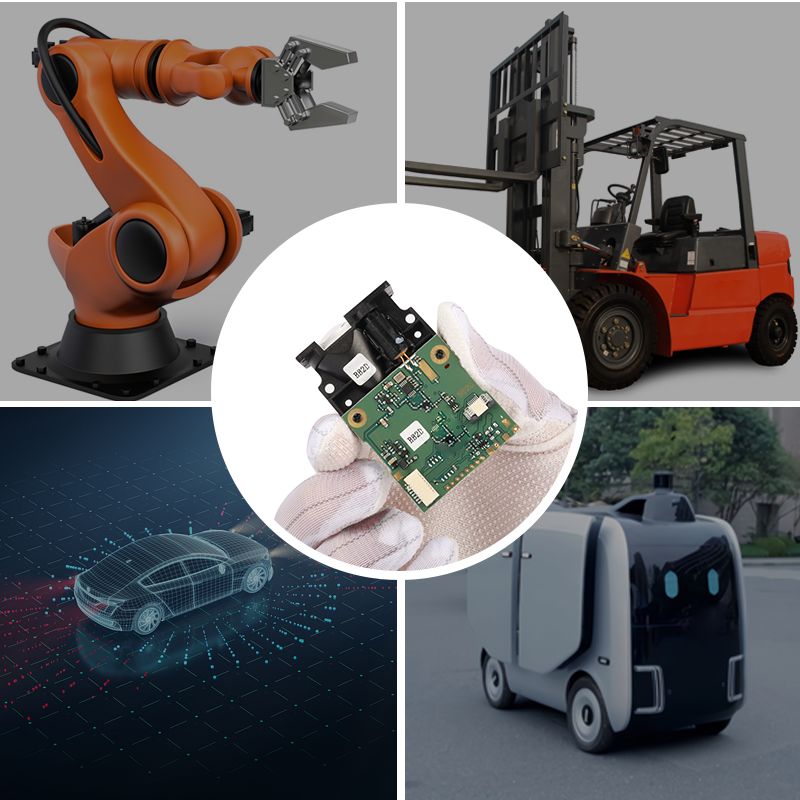Laser Range Sensor With Analog Output are essential components in modern industrial applications, particularly in fields requiring high precision, such as automation, robotics, and quality control. As industries adopt advanced technologies, integrating laser sensors with analog output provides a reliable solution for continuous, accurate, and real-time measurement. Next, we’ll explore the principles, advantages, and applications of laser Range Sensors and analog outputs, highlighting how these technologies work together to improve measurement accuracy and system efficiency.
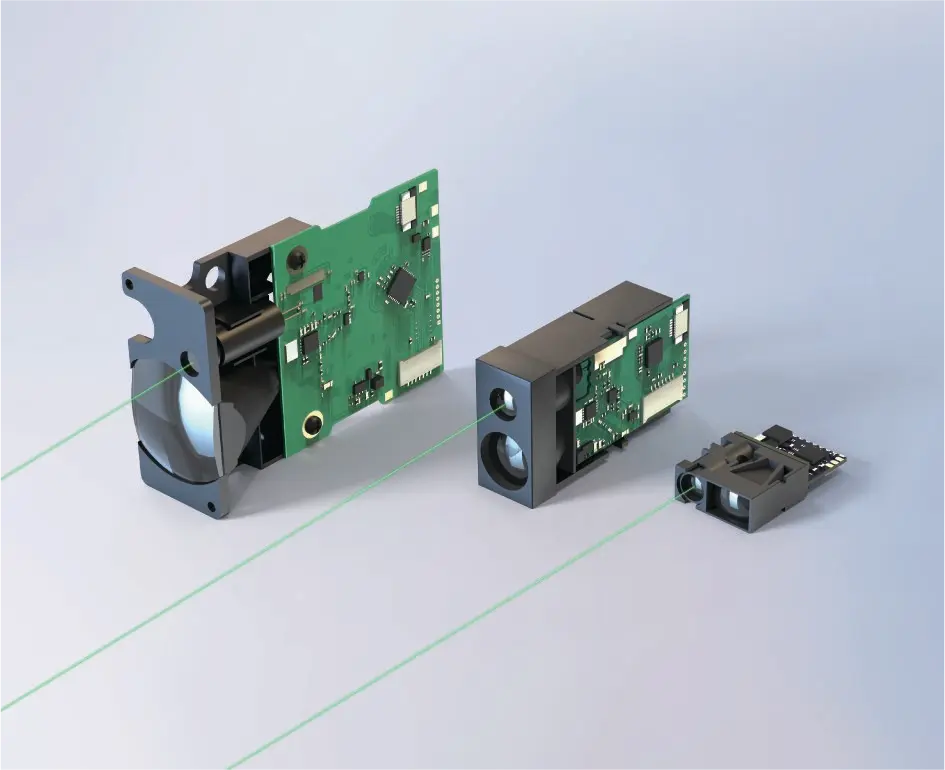
1. How Laser Distance Sensors Work
Laser Range Sensor measure the distance between the sensor and an object using laser light. These sensors generally rely on one of the following principles:
- Time-of-Flight (TOF): In this method, a laser pulse is emitted and reflected off the target. The sensor measures the time it takes for the pulse to travel to the object and back. Knowing the speed of light, the sensor calculates the distance based on the time delay.
- Phase Shift: The sensor emits a continuous laser beam, and the phase of the reflected light is compared with the emitted phase. The phase difference is then used to calculate the distance. This method offers high accuracy, especially for longer-range measurements.
- Triangulation: In triangulation, the sensor projects a laser beam onto an object, and a position-sensitive detector detects the reflected light. By measuring the angle of the reflected light, the sensor calculates the distance using trigonometric principles.
Regardless of the method used, laser Range Sensor provide exceptional precision, often reaching millimeter or even micron-level accuracy.
2. The Role of Analog Output
Analog output is a method that sensors use to transmit measured data as a continuous electrical signal, typically in the form of voltage or current. Analog signals offer smooth, real-time feedback, making them ideal for applications that require continuous monitoring or control.
Common types of analog output include:
- Voltage Output: Signals in ranges such as 0-10V, 0-5V, or 1-5V are used, with the measured value directly corresponding to the output voltage.
- Current Output: The 4-20mA current loop is a widely-used analog signal, especially useful for long-distance transmission and providing better immunity to electrical noise.
Analog output signals integrate seamlessly into industrial control systems, PLCs, and data acquisition systems, where they can be processed and used for real-time control and monitoring.
3.Combining Laser Range Sensor with Analog Output
When laser distance sensors and analog output work together, they create a powerful solution for various applications. Here are some common use cases where this combination proves particularly beneficial:
- Industrial Automation and Robotics: Laser Range Sensor with analog output are widely used in robotics, assembly lines, and material handling systems. For example, a robot can use a laser sensor to measure the distance to an object, and the analog output sends this data to the control system, enabling precise motion control for tasks like object picking or assembly.
- Level and Position Measurement: Laser Range Sensor are commonly used to measure liquid levels in tanks, silos, or containers. The sensor sends a continuous analog signal representing the distance to the liquid surface, allowing the system to monitor fluid levels and trigger real-time actions, such as activating alarms or controlling pumps.
- Precision Measurement and Quality Control: In manufacturing, laser sensors measure the dimensions of components with high precision, detecting size variations. The analog output provides continuous feedback to the control system, enabling automated adjustments or quality checks.
- Parking Systems and Traffic Monitoring: Laser sensors are also used in smart parking systems and traffic monitoring. By measuring the distance between vehicles or obstacles and sending analog output, these systems can monitor parking availability or traffic congestion in real time.
4.Advantages of Laser Distance Sensors with Analog Output
- High Accuracy and Stability: Laser Range Sensor provide extremely accurate measurements, often with precision down to millimeters or even micrometers. These sensors perform reliably in diverse environments, including low light, high temperatures, and harsh industrial conditions.
- Non-contact Measurement: Laser sensors offer non-contact measurement, meaning the sensor does not physically interact with the object being measured. This feature minimizes wear and tear on both the sensor and the target, making it ideal for delicate or hazardous materials.
- Real-time Data Transmission: Analog output ensures the continuous transmission of real-time data, which is perfect for applications that require constant monitoring and immediate adjustments. This is particularly useful in automated processes where the system needs to act on the sensor’s data without delay.
- Long-range Measurement: Laser Range Sensor can measure over long distances—sometimes several meters or even tens of meters. This capability makes them ideal for applications that involve wide-ranging measurements, such as large-scale manufacturing or complex environments.
- Easy Integration: Analog output signals are straightforward and compatible with a wide range of industrial controllers and data acquisition systems. This makes it easy to integrate them into existing systems without requiring complex programming or communication protocols.
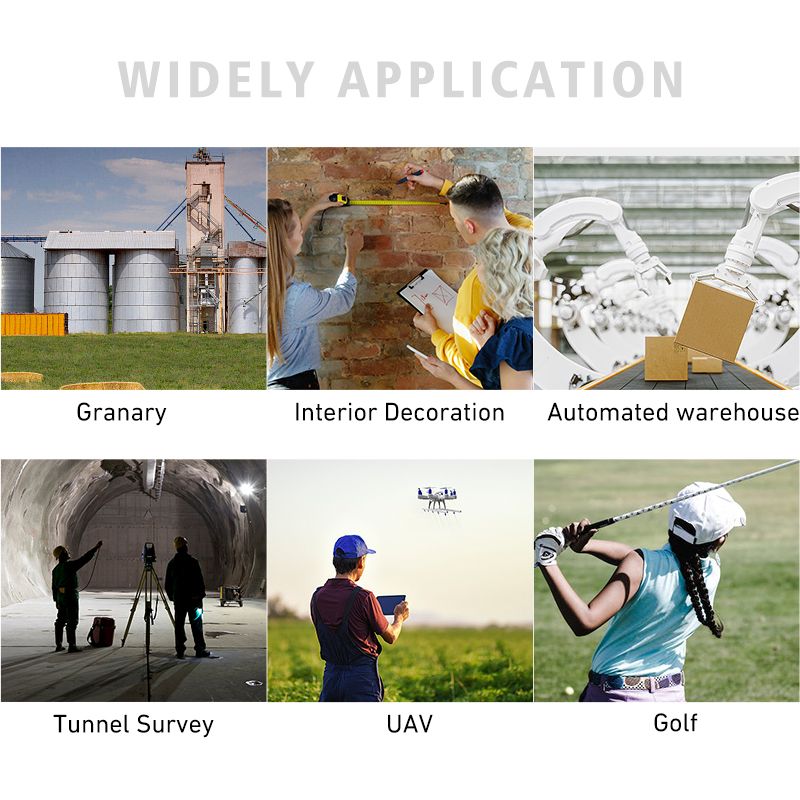
The Range Sensor With Analog Output provides a powerful and efficient solution for numerous industrial applications. Laser sensors deliver precise, non-contact measurements with high accuracy, while analog output ensures continuous, real-time data transmission. Together, these technologies enable efficient monitoring, control, and automation in areas such as robotics, industrial automation, fluid level measurement, and quality control.
As technology continues to advance, Laser Range Sensor will become even more accurate and versatile, while analog output will remain a reliable and widely-used method of signal transmission in industrial settings. This integration will continue to drive innovation and efficiency, leading to smarter, more automated systems across industries.
Why Us
- High Durability: The combination of aluminum alloy housing and IP-rated protection ensures the sensor can withstand harsh environments, offering reliable operation year after year.
- Accuracy You Can Rely On: Our Distance Measuring Sensors guarantee precise measurements, delivering accurate data that meets the highest standards for industrial and scientific use.
- Easy Integration: With multiple communication interfaces like TTL, RS485, and RS232, our sensors integrate effortlessly into existing systems, reducing installation time and complexity.
- Tailored to Your Needs: We offer OEM and ODM services to customize your sensors based on your specific application needs, ensuring the sensor meets your exact requirements.
- Factory-Direct Pricing: As the manufacturer, we offer competitive pricing, helping you save costs while getting high-quality sensors for your projects.

